refugee artist
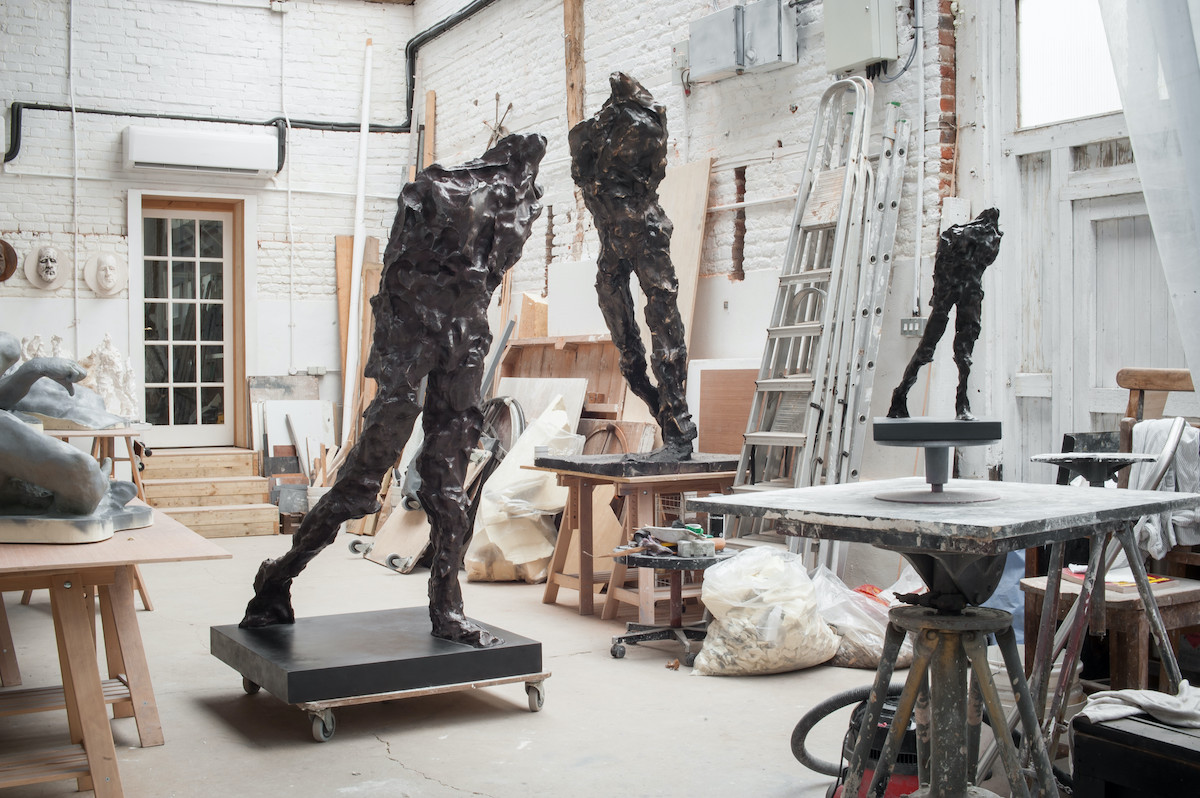
Behind the Bronze.
The Sculptor Maurice Blik (born 1939 Amsterdam)
Featuring Maurice Blik and Julian Freeman (both London, UK)
Marlene Meyerson JCC Manhattan
334 Amsterdam Ave, New York, NY, United States
Maurice Blik has lived in England since being liberated from Bergen Belsen concentration camp, where he was taken as a small child from his birthplace, Amsterdam. The ability to come to terms with this experience and to confront the face of humanity that he has witnessed, stayed silent in his life for some 40 years. It finally found a voice in the passionate sculptures which began to emerge in the late 1970s when he created a series of horses’ heads. These noble and benevolent creatures posses an energy and a life force that seem just barely harnessed long enough to take their shape in the clay itself. Later he progressed to more figurative work in which the irrepressible joy [...]
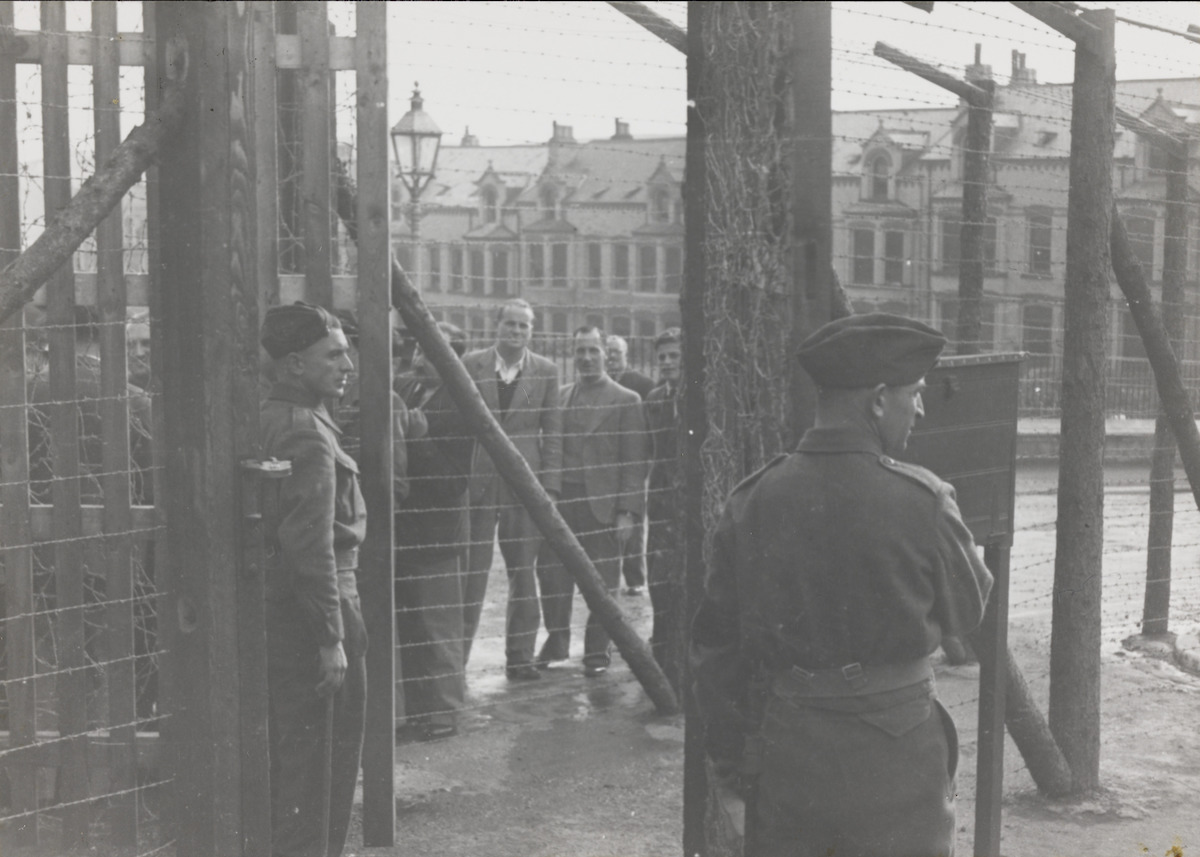
THE ISLAND OF EXTRAORDINARY CAPTIVES
Book Talk by author Simon Parkin, London
ONLINE
VA, United States
In May 1940, faced with a country gripped by paranoia, Britain’s Prime Minister Winston Churchill ordered the internment of all German and Austrian citizens living in the country. Most were refugees who had come to the country to escape Nazi oppression. They were now imprisoned by the country in which they had staked their trust. More than 1,200 men were taken to Hutchinson camp, on the Isle of Man, which a group of world-renowned artists, musicians and academics turned into history’s most extraordinary prison camp. This is a story of a battle between fear and compassion at a time of national crisis that reveals how Britain’s treatment of refugees during the Second World War led to one of the [...]
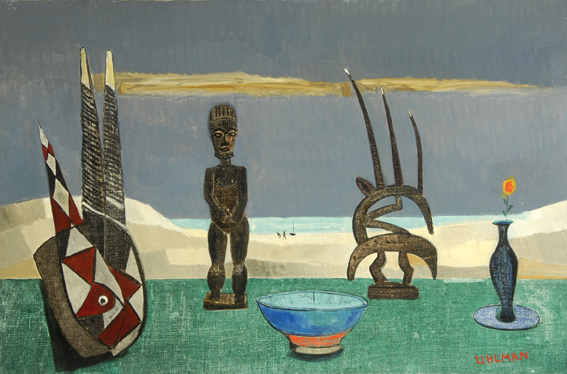
From Émigré to Englishman: Fred Uhlman, ‘Painter of Dreams’
Lecture by Dr. Nicola Baird, London
ONLINE
VA, United States
Manfred [Fred] Uhlman was born on 19th January 1901 in Stuttgart, Germany, the eldest child of Ludwig Uhlman (1869–c.1943), a textile merchant, and his wife, Johanna Grombacher (1879–c.1943), both of whom were later to perish at Theresienstadt concentration camp. He studied law at the Universities of Freiburg, Munich, and Tübingen, graduating with a doctorate in 1923. In 1927 he joined the Social Democrat Party, becoming its official legal representative in 1932. Image above: Fred Uhlman, Still Life with African Figures, oil on canvas, Hatton Gallery, © the artist's estate / Bridgeman Images. Photo credit: Hatton Gallery In March 1933, after a warning that his arrest was imminent because of his political affiliations, he fled [...]
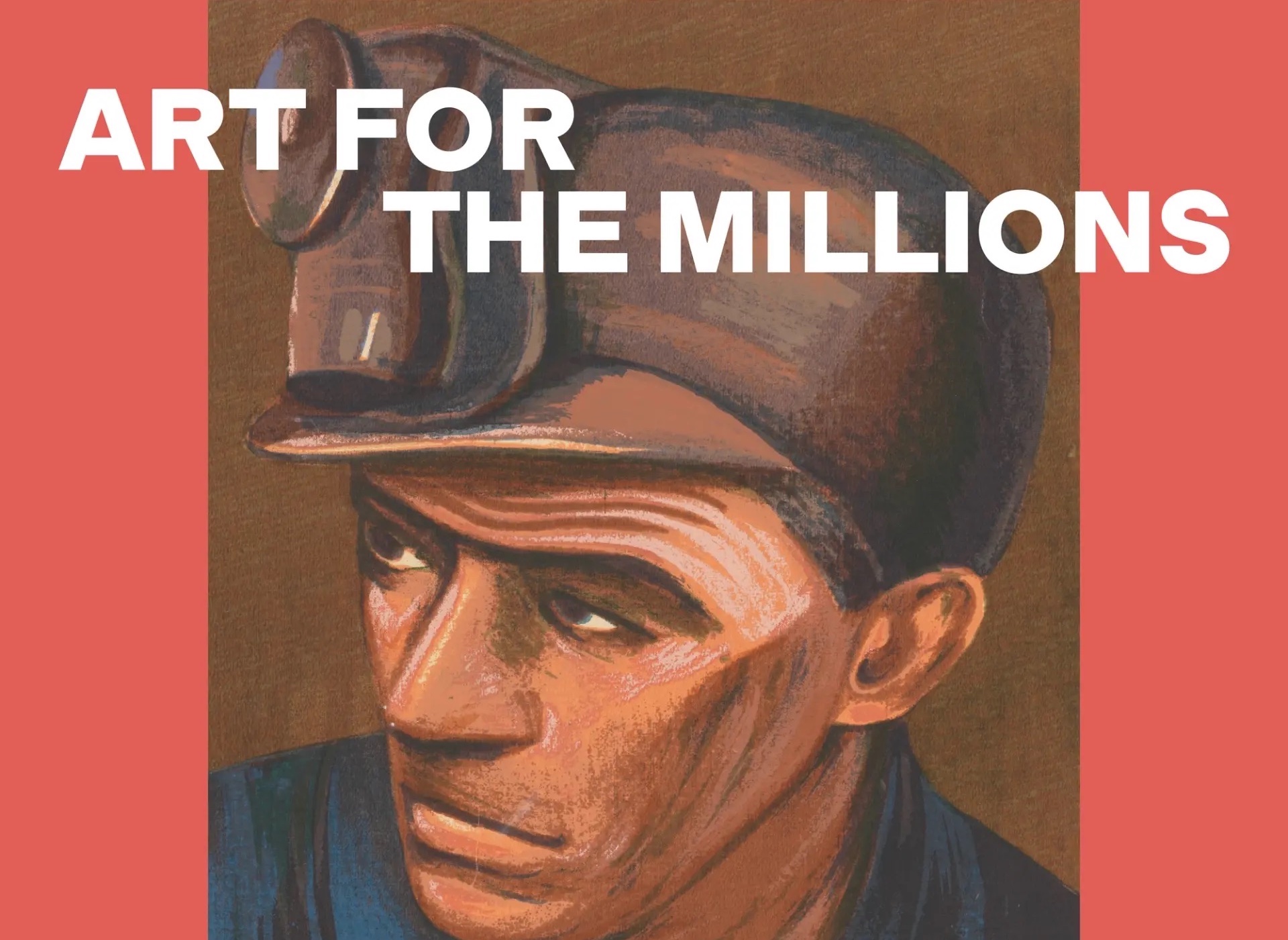
Art for the Millions:
American Culture and Politics in the 1930s
Lecture by Allison Rudnick, New York
ONLINE
VA, United States
The 1930s was a decade of political and social upheaval in the United States, and the art and visual culture of the time reflected the unsettled environment. Americans searched for their cultural identity during the Great Depression, a period marked by divisive politics, threats to democracy, and intensified social activism, including a powerful labor movement. The exhibition with the same title, on view at The Metropolitan Museum of Art New York until December 10, 2023, features more than 100 works from the collection and several lenders, and explores how artists expressed political messages and ideologies through a range of media, from paintings, sculptures, prints, and photographs to film, dance, decorative arts, fashion, and ephemera. Highlights include paintings by Georgia [...]
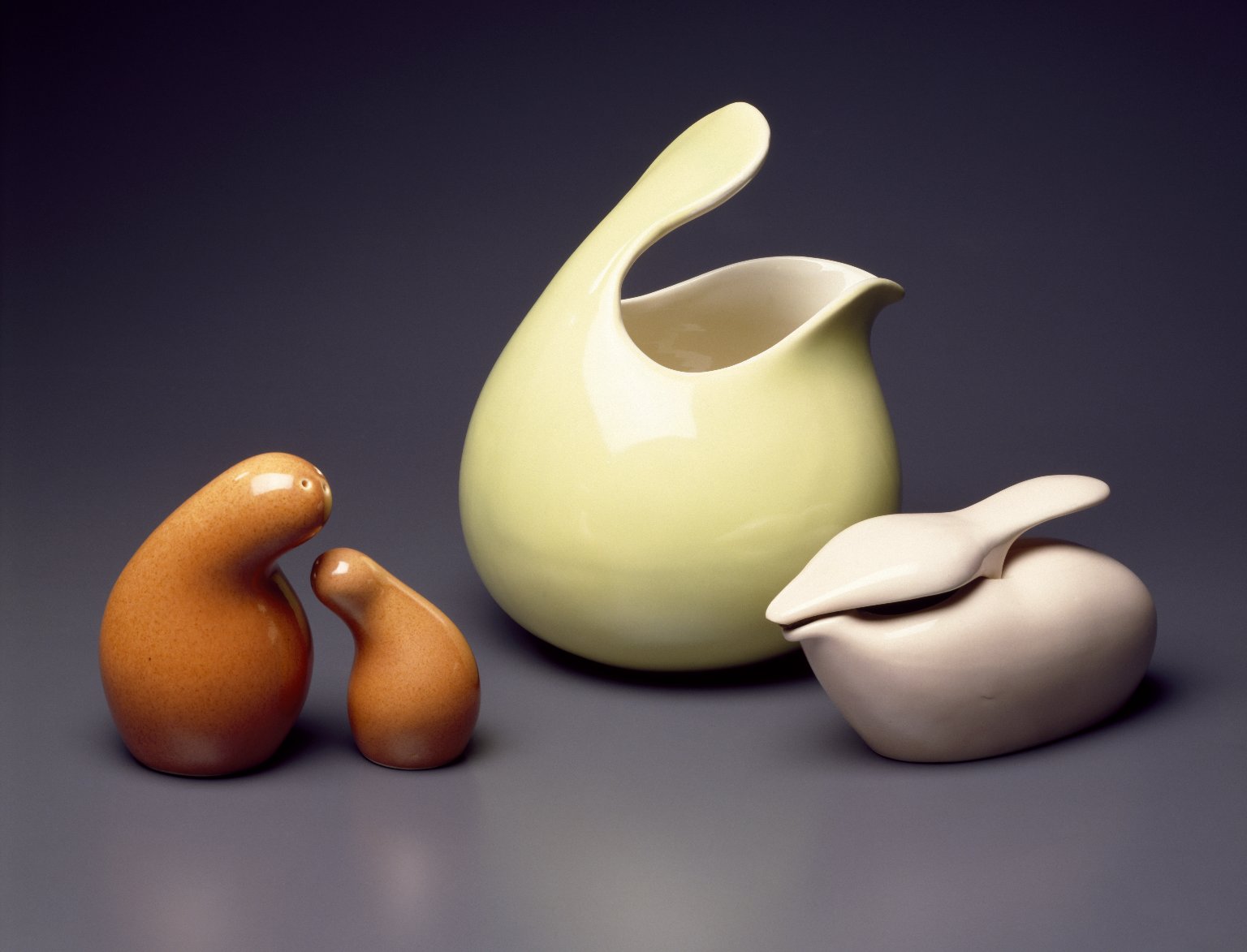
Eva Zeisel, Designer Extraordinaire
Lecture by daughter Jean Richards, New York
ONLINE
VA, United States
Eva Zeisel (born Éva Amália Striker, Budapest 1906 –2011 New City, New York) was one of the most important designers of the 20th century. She believed that beautiful things make people happy. Although she was known for her ceramic tableware, she also designed in glass, wood, plastic and metal. Her designs are in major museums around the world, including the Metropolitan Museum, the British Museum and MoMA, where she had the first one woman show in 1946. Lecture by Eva’s daughter Jean Richards. Image above: Eva Zeisel, Red Wing Pottery pieces from "Town and Country" collection. Glazed earthenware, ca. 1945. CC BY 4.0 Photograph of a young Eva Zeisel. © Eva [...]
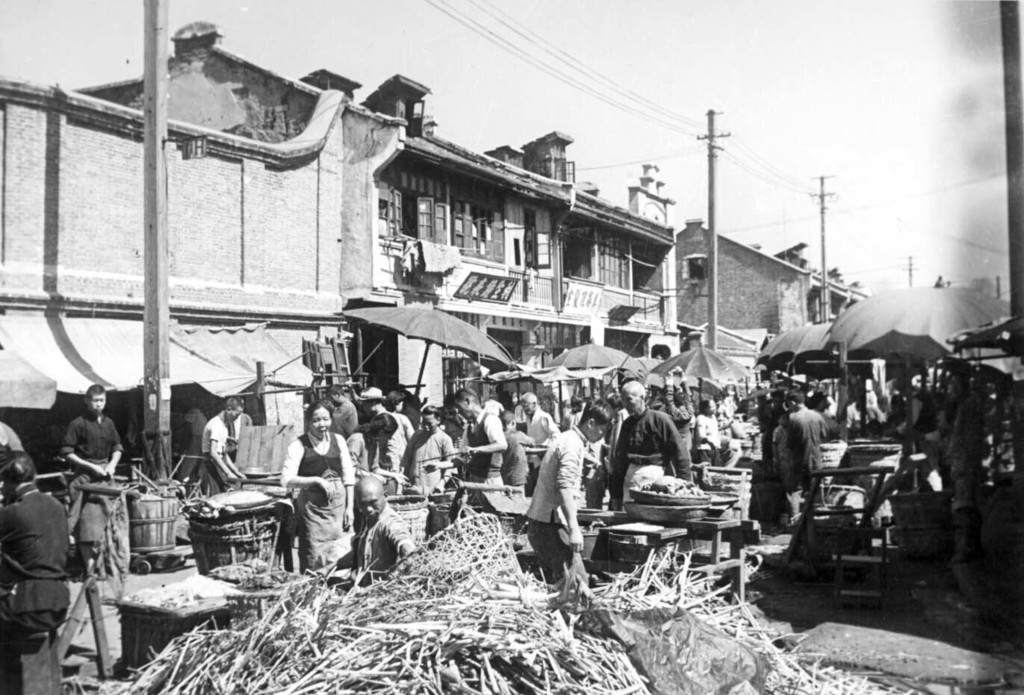
Horst Eisfelder (1925-2023):
Diasporic Life in Shanghai’s State of Exception
Lecture by Dr Noit Banai, Hong Kong
and Dr Anna Hirsh, Melbourne
ONLINE
VA, United States
Lecture by Dr Noit Banai and Dr Anna Hirsh, followed by Q&A with Rodney Eisfelder, son of Horst Eisfelder. Image above: Horst Eisfelder. Street scene in the Shanghai Ghetto, Shanghai, China, circa 1945. Black and white photograph. Copyright: Horst Eisfelder estate After fleeing Berlin a few weeks before Kristallnacht and arriving in Shanghai with his family in late November 1938, Horst Eisfelder (1925-2023) became one of the most prolific photographers of the ‘Shanghai Ghetto’ before emigrating to Australia in May 1947. Embedded within the history and theory of photography, this presentation considers his images of the city of Shanghai as well as the Designated Area for Stateless Refugees as vital representations through which to understand [...]
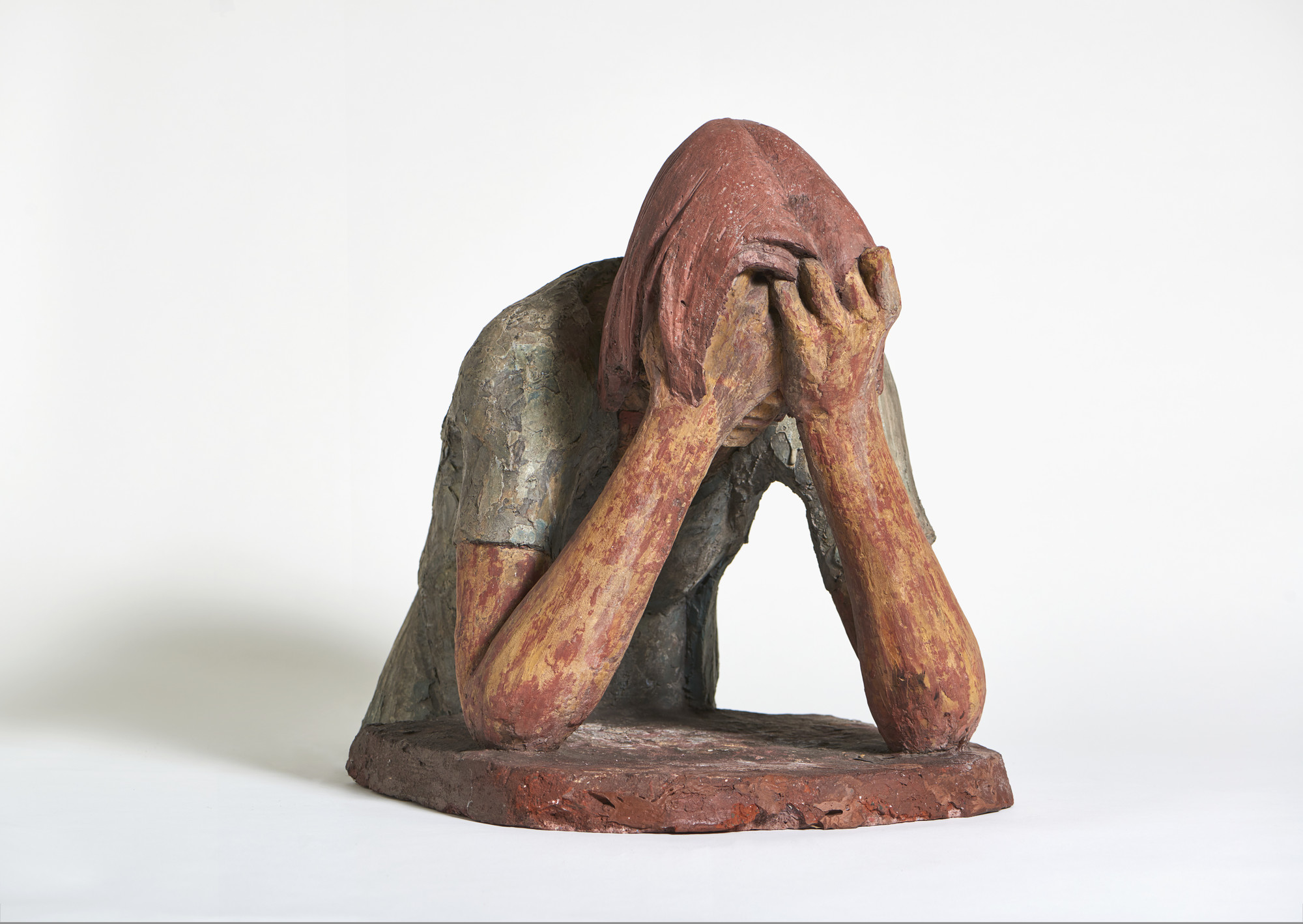
Peter László Péri (1899-1967).
A Hungarian-born Artist in Berlin and London
Lecture by Arie Hartog, Bremen (Germany)
ONLINE
VA, United States
In this talk, Arie Hartog, director of the Gerhard-Marcks-Haus in Bremen, Germany, draws attention to a sculptor who contradicts the common narrative of modern art in the 20th century. Péri began as a constructivist and ended as a figurative artist. Yet he was not an academic traditional sculptor. Introductory remarks by Lilla Farkas, Cultural attaché at the Liszt Institute of the Consulate General of Hungary in New York. Image above: Peter László Péri, Sadness, 1938–1945, pigmented and painted concrete, 52 × 40 × 60 cm. Photo: Jake Wallters © Peter László Péri Estate, London Peter László Péri was born Ladislas Weisz in Budapest in 1889. Peri became the Hungarianized family name in 1918. In 1919, he [...]

Samson Schames: Fragments of Exile
Lecture by Annika Friedman, Frankfurt
ONLINE
VA, United States
This event is sponsored by Ilona Oltuski in memory of Ruth Drory. Image above: Samson Schames, Kindling of the Lights, c. 1956. Glass tiles on glass, 56 x 71 cm. Jewish Museum Frankfurt Samson Schames (1898-1967) came from a long-established Jewish family in Frankfurt am Main. With the support of his uncle, renowned gallery owner Ludwig Schames, he made his way into the 1920s art scene and began his training as a painter, graphic artist, and stage designer. Schames’ designs, drawings, and oil paintings from the period up to 1933 testify to his deep connection to Frankfurt and her landscapes. Samson Schames, Opernplatz Frankfurt, 1930. Jewish Museum Frankfurt [...]
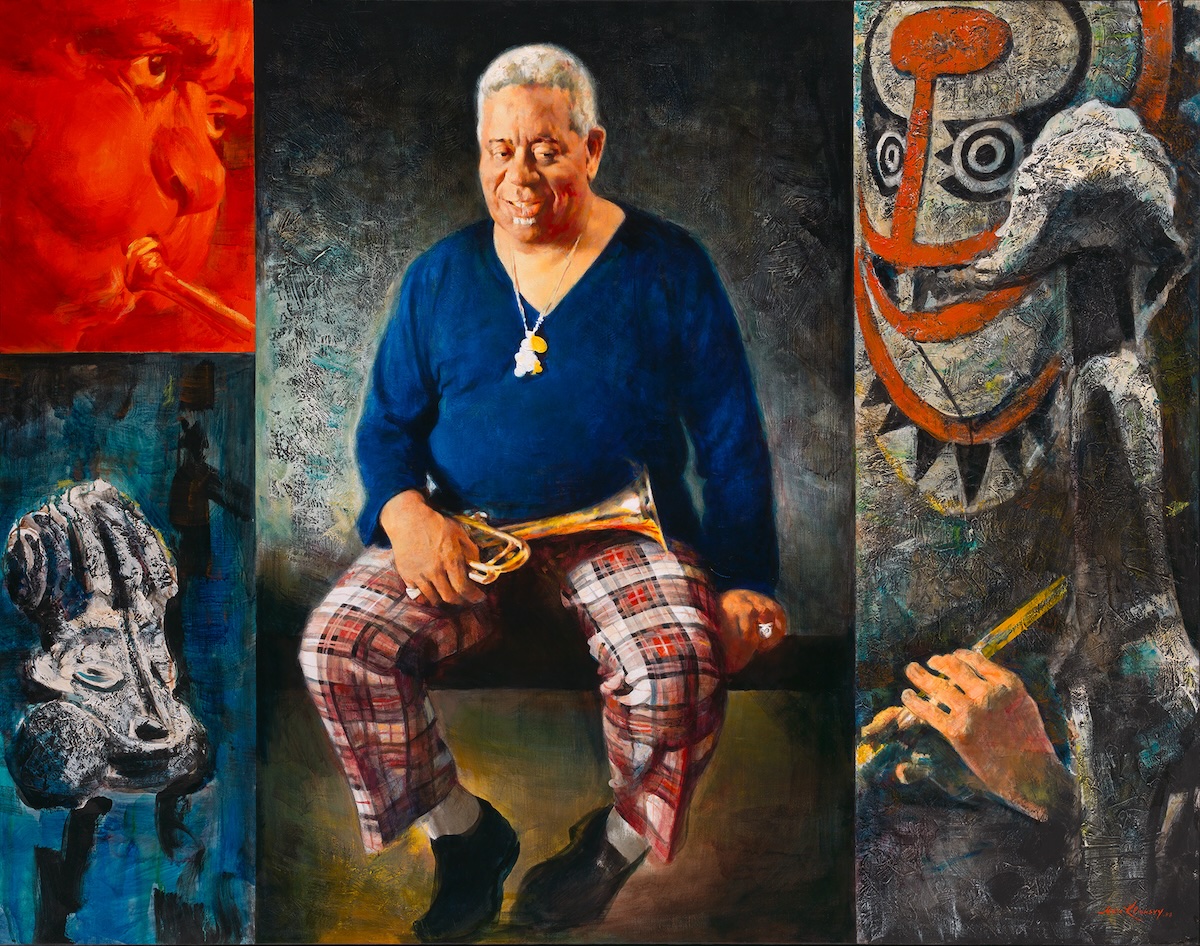
The Art of Marc Klionsky:
Shaping a Three-World Condition from Minsk to New York
Lecture by Ori Z Soltes and conversation with daughter Nadia Klionsky
ONLINE
VA, United States
In this program Georgetown University professor and author, Ori Z Soltes, explores Marc Klionsky's life and work, in part through conversation with his daughter, the scholar and artist, Nadia Klionsky. Image above: Marc Klionsky, Dizzie Gillespie: The Man and his Trumpet, 1988. Oil on canvas, 52 x 66 inches. National Portrait Gallery, Washington, DC. This exciting program features the paintings of Marc Klionsky (1927–2017). Born in the Soviet Union, Klionsky managed to navigate what has been called a “two-world condition”—creating the particularized Soviet Socialist Realist work that was acceptable to the Stalinist and post-Stalinist State while allowing his soul to reveal itself in work that only a very few trusted viewers might see. As [...]
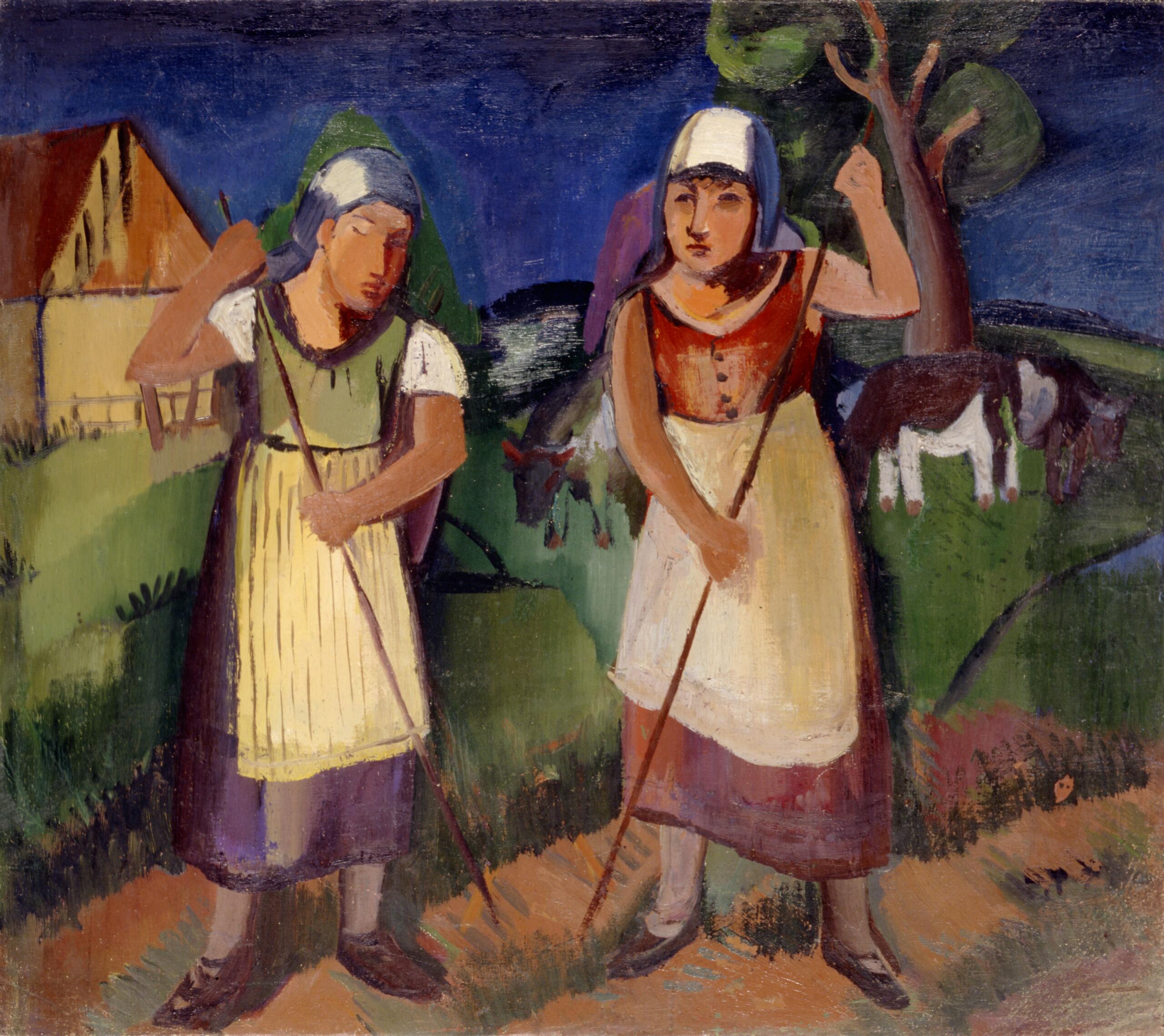
„I’m always on the go…” –
The painter Franz Domscheit / Pranas Domšaitis (1880-1965)
Lecture by Jan Rüttinger, Lüneburg (Germany)
ONLINE
VA, United States
Searching, wandering, not arriving - this is how the person and art of Franz Domscheit/Pranas Domšaitis can be characterized. Born into a German-Lithuanian family as the son of a farmer and innkeeper, it was primarily his Lithuanian origins that interested him. The early landscape and cultural impressions of his homeland, Prussian-Lithuania, at the interface of German and Lithuanian culture, shaped his work throughout his life. Landscape is one of the painter's main themes, who is primarily perceived as an expressionist. Image above: Franz Domscheit, Two Peasant Women, 1930s. Oil on canvas. Copyright National Lithuanian Art Museum. Trained at the Königsberg Art Academy by Ludwig Dettmann, among others, Domscheit then moved out into the world. Berlin, [...]


